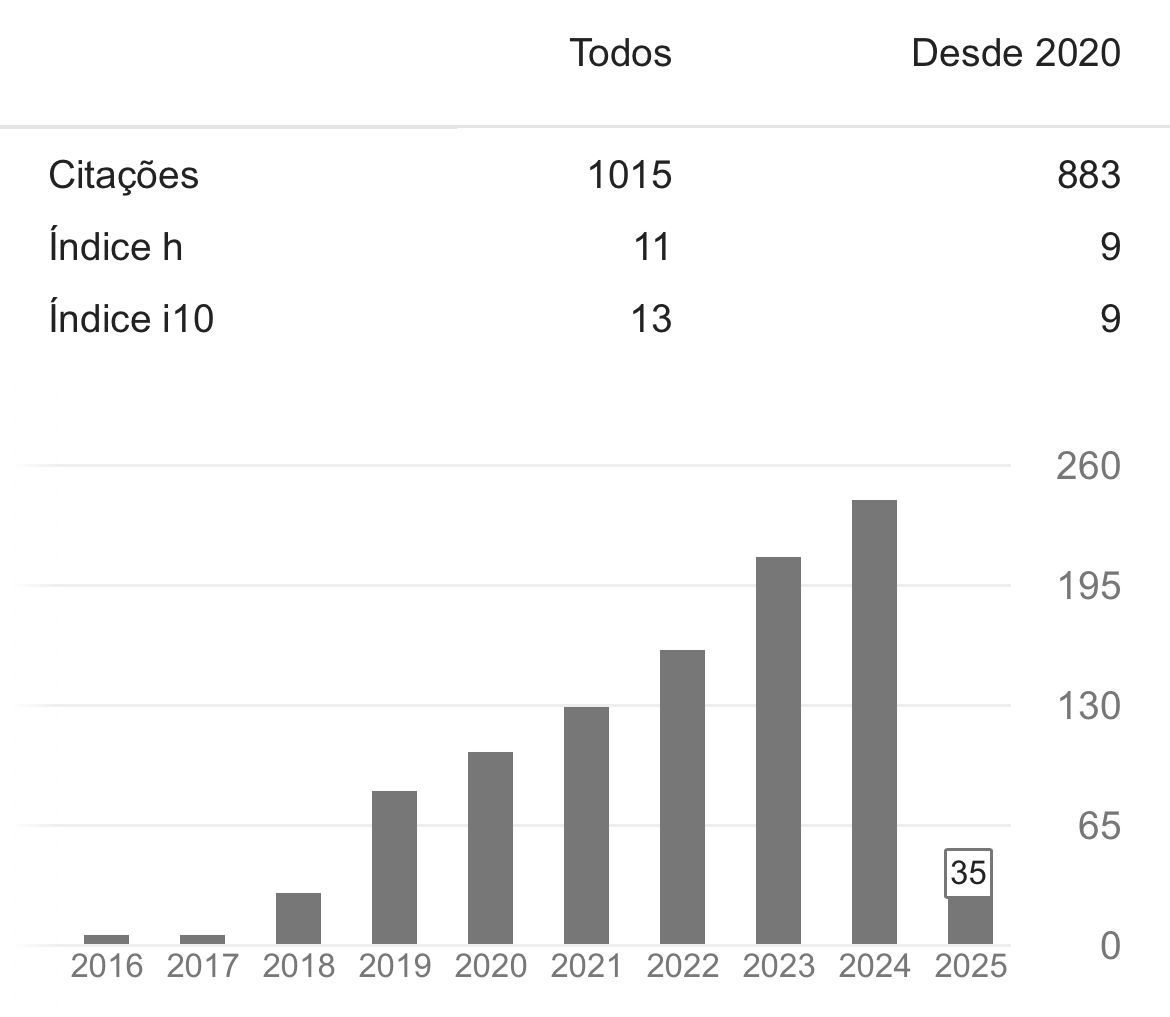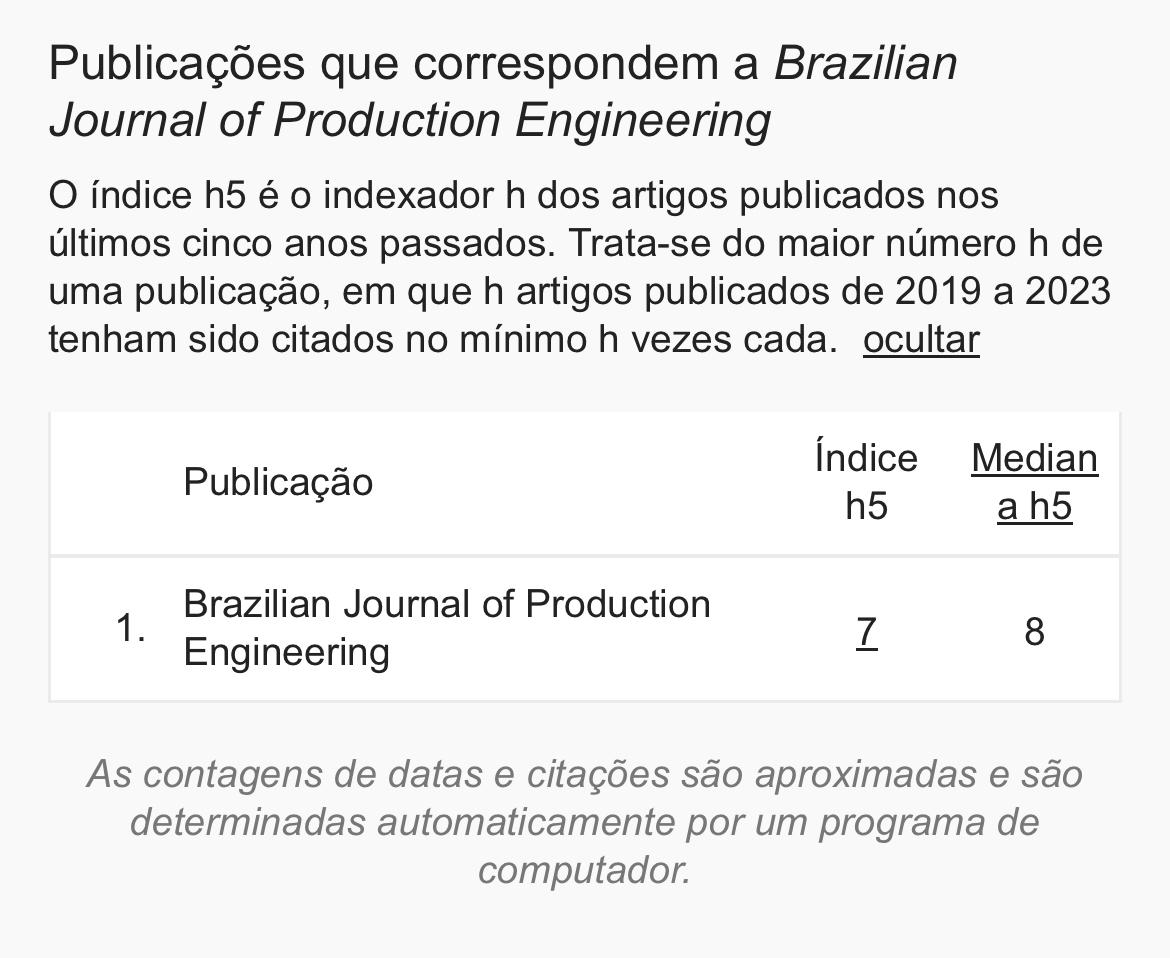Sistemas de paneles 3D argelinos: mejora del confort térmico y la eficiencia energética en una variedad de climas
DOI:
https://doi.org/10.47456/bjpe.v11i1.46824Palabras clave:
Eficiencia de confort térmico, Optimización de calefacción y refrigeración, Tecnología de construcción de paneles 3D, Tipos de envolventes de edificios, Simulación dinámica con TRNSYS, Reducción del uso de energía en edificiosResumen
Este estudio evalúa el confort térmico y la eficiencia energética en edificios residenciales en Orán y Béchar, Argelia, dos regiones con climas contrastantes. Utilizando la simulación dinámica TRNSYS, se examina cómo tres tipos de envolventes de edificios afectan la estabilidad de la temperatura y las demandas energéticas para calefacción y refrigeración. Los hallazgos destacan que el diseño de la envolvente del edificio y la elección de materiales tienen un impacto significativo en la eficiencia energética. La tecnología avanzada de paneles 3D, en particular, demostró un ahorro energético notable, reduciendo el consumo hasta en un 29 % en comparación con los materiales tradicionales, manteniendo al mismo tiempo el confort térmico en ambos climas. El estudio investiga además el rendimiento energético de los paneles 3D, las paredes de ladrillo doble y las paredes dobles aisladas, mostrando que los sistemas de paneles 3D reducen consistentemente el consumo de energía al disminuir las necesidades de calefacción y refrigeración. Estos resultados subrayan el valor de los diseños adaptados al clima y las estrategias de refrigeración pasiva, posicionando la tecnología de paneles 3D como una solución prometedora para mejorar el confort térmico y reducir el uso de energía en el sector residencial de Argelia.
Descargas
Citas
Agrawal, K. K., Agrawal, G. das, Misra, R., Bhardwaj, M., & Jamuwa, D. K. (2018). A review on effect of geometrical, flow and soil properties on the performance of Earth air tunnel heat exchanger. In Energy and Buildings, 176.https://doi.org/10.1016/j.enbuild.2018.07.035 DOI: https://doi.org/10.1016/j.enbuild.2018.07.035
Akbari, H., Menon, S., & Rosenfeld, A. (2009). Global cooling: Increasing world-wide urban albedos to offset CO 2. Climatic Change, 94(3-4). https://doi.org/10.1007/s10584-008-9515-9 DOI: https://doi.org/10.1007/s10584-008-9515-9
Al-Qahtani, S., Koç, M., & Isaifan, R. J. (2023). Mycelium-Based Thermal Insulation for Domestic Cooling Footprint Reduction: A Review. Sustainability (Switzerland). 15(17). https://doi.org/10.3390/su151713217 DOI: https://doi.org/10.3390/su151713217
Alhorr, Y., Arif, M., Katafygiotou, M., Mazroei, A., Kaushik, A., &Elsarrag, E. (2016). Impact of indoor environmental quality on occupant well-being and comfort: A review of the literature. In International Journal of Sustainable Built Environment 5(1).https://doi.org/10.1016/j.ijsbe.2016.03.006 DOI: https://doi.org/10.1016/j.ijsbe.2016.03.006
Ali, R. A., Megahed, N. A., Shahda, M. M., & Hassan, A. M. (2023). Natural ventilation as a passive cooling strategy for multi-story buildings: analytic vertical skycourt formations. City, Territory and Architecture,10(1).https://doi.org/10.1186/s40410-023-00212-6 DOI: https://doi.org/10.1186/s40410-023-00212-6
Basyouni, Y. A., & Mahmoud, H. (2024). Affordable green materials for developed cool roof applications: A review. Renewable and Sustainable Energy Reviews, 202, 114722. https://doi.org/10.1016/j.rser.2024.114722 DOI: https://doi.org/10.1016/j.rser.2024.114722
Ben Youssef, A., lannes, laurenceelisabeth, Rault, C., &Soucat, A. (2021). Energy Consumption and Health Outcomes in Africa.SSRN Electronic Journal.https://doi.org/10.2139/ssrn.2864825 DOI: https://doi.org/10.2139/ssrn.2864825
Benzaama, M. H., Mokhtari, A. M., Lachi, M., Maalouf, C., & Menhoudj, S. (2021). Sunspot analysis under varying conditions climate: Distributed radiation on cooling floor and its effect on dynamic thermal behaviour. Solar Energy, 221.https://doi.org/10.1016/j.solener.2021.03.082 DOI: https://doi.org/10.1016/j.solener.2021.03.082
Biyik, E., Araz, M., Hepbasli, A., Shahrestani, M., Yao, R., Shao, L., Essah, E., Oliveira, A. C., del Caño, T., Rico, E., Lechón, J. L., Andrade, L., Mendes, A., & Atlı, Y. B. (2017). A key review of building integrated photovoltaic (BIPV) systems. Engineering Science and Technology, an International Journal, 20(3). https://doi.org/10.1016/j.jestch.2017.01.009 DOI: https://doi.org/10.1016/j.jestch.2017.01.009
Blomqvist, S., Ödlund, L., & Rohdin, P. (2022). Understanding energy efficiency decisions in the building sector – A survey of barriers and drivers in Sweden. Cleaner Engineering and Technology, 9.https://doi.org/10.1016/j.clet.2022.100527 DOI: https://doi.org/10.1016/j.clet.2022.100527
Bosu, I., Mahmoud, H., Ookawara, S., & Hassan, H. (2023). Applied single and hybrid solar energy techniques for building energy consumption and thermal comfort: A comprehensive review.In Solar Energy, 259. https://doi.org/10.1016/j.solener.2023.05.006 DOI: https://doi.org/10.1016/j.solener.2023.05.006
Boubou-BOuziani Naima. (2017). Potentiel et développement des énergies renouvelables en Algérie. Asjp.Cerist.Dz, 19.
Boulkedra, N. & Lakhal, N. (2021). Les Photovoltaïques:, Une Idée, Une Réalisation Et Un Impact Economique En Algérie. مجلة البشائر الاقتصادية. https://doi.org/10.33704/1748-007-002-070 DOI: https://doi.org/10.33704/1748-007-002-070
Bouraiou, A., Necaibia, A., Boutasseta, N., Mekhilef, S., Dabou, R., Ziane, A., Sahouane, N., Attoui, I., Mostefaoui, M., & Touaba, O. (2020). Status of renewable energy potential and utilization in Algeria. Journal of Cleaner Production, 246.https://doi.org/10.1016/j.jclepro.2019.119011 DOI: https://doi.org/10.1016/j.jclepro.2019.119011
Cao, X., Dai, X., & Liu, J. (2016). Building energy-consumption status worldwide and the state-of-the-art technologies for zero-energy buildings during the past decade.Energy and Buildings, 128. https://doi.org/10.1016/j.enbuild.2016.06.089 DOI: https://doi.org/10.1016/j.enbuild.2016.06.089
D’Oca, S., Hong, T., & Langevin, J. (2018). The human dimensions of energy use in buildings: A review. Renewable and Sustainable Energy Reviews, 81. https://doi.org/10.1016/j.rser.2017.08.019 DOI: https://doi.org/10.1016/j.rser.2017.08.019
D’Amato, G., Cecchi, L., D’Amato, M., & Annesi-Maesano, I. (2014). Climate change and respiratory diseases. European Respiratory Review, 23(132).https://doi.org/10.1183/09059180.00001714 DOI: https://doi.org/10.1183/09059180.00001714
Faci, M., Oubadi, M., Matari, A., & Farhi, Y. (2018). Heat waves in Algeria: A potential risk. International Journal of Innovative Technical and Applied Sciences, 2(1).
Ghedamsi, R., Settou, N., Gouareh, A., Khamouli, A., Saifi, N., Recioui, B., & Dokkar, B. (2016). Modeling and forecasting energy consumption for residential buildings in Algeria using bottom-up approach. Energy and Buildings, 121. https://doi.org/10.1016/j.enbuild.2015.12.030 DOI: https://doi.org/10.1016/j.enbuild.2015.12.030
Good, C., Andresen, I., & Hestnes, A. G. (2015). Solar energy for net zero energy buildings - A comparison between solar thermal, PV and photovoltaic-thermal (PV/T) systems.Solar Energy, 122. https://doi.org/10.1016/j.solener.2015.10.013 DOI: https://doi.org/10.1016/j.solener.2015.10.013
Hamlili, F. Z. (2024). Evaluating the performance of buildings from the user’s perception and Life Cycle assessment: Case study of heritage buildings in hot and arid climate regions of Algeria (Doctoral dissertation, Faculté des sciences et technologie).
Harkouss, F., Fardoun, F., & Biwole, P. H. (2018).Passive design optimization of low energy buildings in different climates. Energy, 165. https://doi.org/10.1016/j.energy.2018.09.019 DOI: https://doi.org/10.1016/j.energy.2018.09.019
Hebri, A. (2018). Le programme des énergies renouvelables en Algérie Vers une efficacité énergétique d’ici 2030. مجلة دفاتر اقتصادية, 8(2).
Janssen, H., Ford, K., Gascoyne, B., Hill, R., Roberts, M., Bellis, M.A., Azam, S. (2023). Cold indoor temperatures and their association with health and well-being: a systematic literature review. Public Health,224.https://doi.org/10.1016/j.puhe.2023.09.006 DOI: https://doi.org/10.1016/j.puhe.2023.09.006
Jayakumar, P. (2009). Solar Energy Resource Assessment Handbook. Asian and Pacific Centre for Transfer of Technology of the United Nations – Economic and Social Commission for Asia and the Pacific (ESCAP), September.
Lin, J., Lyu, M., Wang, Y., Webster, B., & Shi, D. (2022).Spectral Selective Solar Harvesting and Energy Generation via Transparent Building Skin. In Advanced Materials in Smart Building Skins for Sustainability: From Nano to Macroscale. https://doi.org/10.1007/978-3-031-09695-2_1 DOI: https://doi.org/10.1007/978-3-031-09695-2_1
Ling, H. M., Yew, M. C., Yew, M. K., & Saw, L. H. (2024).Analyzing recent active and passive cool roofing technology in buildings, including challenges and optimization approaches. Journal of Building Engineering, 89, 109326.https://doi.org/https://doi.org/10.1016/j.jobe.2024.109326 DOI: https://doi.org/10.1016/j.jobe.2024.109326
Liu, G., Chen, H., Yuan, Y., & Song, C. (2024). Indoor thermal environment and human health: A systematic review. In Renewable and Sustainable Energy Reviews, 191.https://doi.org/10.1016/j.rser.2023.114164 DOI: https://doi.org/10.1016/j.rser.2023.114164
Makhloufi, A. W. & Louafi, S. (2022). The Impact of Glazing Types and Window-to-Wall Ratios on Energy Consumption in Semi-arid, Mediterranean and Arid Climates. Prostor, 30(2(64)).https://doi.org/10.31522/p.30.2(64).1 DOI: https://doi.org/10.31522/p.30.2(64).1
Mancini, F. & Basso, G. lo.(2020). How climate change affects the building energy consumptions due to cooling, heating, and electricity demands of Italian residential sector. Energies, 13(2).https://doi.org/10.3390/en13020410 DOI: https://doi.org/10.3390/en13020410
Mellah, A., Abdelhafid, Y., & Benmalek, A. (2019). Energy consumption policy, GHG emissions and climate change impact in Algeria. Journal of Environmental Treatment Techniques, 7(3).
Menhoudj, S., Mokhtari, A. M., Benzaama, M. H., Maalouf, C., Lachi, M., & Makhlouf, M. (2018). Study of the energy performance of an earth—Air heat exchanger for refreshing buildings in Algeria. Energy and Buildings, 158. https://doi.org/10.1016/j.enbuild.2017.11.056 DOI: https://doi.org/10.1016/j.enbuild.2017.11.056
Mohammed, M. N., Alghoul, M. A., Abulqasem, K., Mustafa, A., Glaisa, K., Ooshaksaraei, P., Yahya, M., Zaharim, A., & Sopian, K. (2011). TRNSYS simulation of solar water heating system in Iraq. Recent Researches in Geography, Geology, Energy, Environment and Biomedicine - Proc. of the 4th WSEAS Int. Conf. on EMESEG’11, 2nd Int. Conf. on WORLD-GEO’11, 5th Int. Conf. on EDEB’11.
Mokhtara, C., Negrou, B., Settou, N., Gouareh, A., & Settou, B. (2019). Pathways to plus-energy buildings in Algeria: Design optimization method based on GIS and multi-criteria decision-making. Energy Procedia,162.https://doi.org/10.1016/j.egypro.2019.04.019 DOI: https://doi.org/10.1016/j.egypro.2019.04.019
Mokhtara, C., Negrou, B., Bouferrouk, A., Yao, Y., Settou, N., & Ramadan, M. (2020). Integrated supply–demand energy management for optimal design of off-grid hybrid renewable energy systems for residential electrification in arid climates. Energy Conversion and Management, 221. https://doi.org/10.1016/j.enconman.2020.113192 DOI: https://doi.org/10.1016/j.enconman.2020.113192
Mokrani, O. B. E., Dida, M., & Settou, B. (2024). Promotion of Solar Energies in Southern Algeria Strategies and Perspectives. Handbook of Environmental Chemistry, 131. https://doi.org/10.1007/698_2023_1008 DOI: https://doi.org/10.1007/698_2023_1008
Morlet, C., & Keirstead, J. (2013).A comparative analysis of urban energy governance in four European cities.Energy Policy, 61.https://doi.org/10.1016/j.enpol.2013.06.085 DOI: https://doi.org/10.1016/j.enpol.2013.06.085
Nasrollahzadeh, N. (2021). Comprehensive building envelope optimization: Improving energy, daylight, and thermal comfort performance of the dwelling unit. Journal of Building Engineering, 44. https://doi.org/10.1016/j.jobe.2021.103418 DOI: https://doi.org/10.1016/j.jobe.2021.103418
Nejat, P., Jomehzadeh, F., Taheri, M. M., Gohari, M., & Muhd, M. Z. (2015).A global review of energy consumption, CO2 emissions and policy in the residential sector (with an overview of the top ten CO2 emitting countries).In Renewable and Sustainable Energy Reviews, 43.https://doi.org/10.1016/j.rser.2014.11.066 DOI: https://doi.org/10.1016/j.rser.2014.11.066
Pang, W., Zhang, Q., Cui, Y., Zhang, L., Yu, H., Zhang, X., Zhang, Y., & Yan, H. (2019). Numerical simulation and experimental validation of a photovoltaic/thermal system based on a roll-bond aluminum collector. Energy, 187.https://doi.org/10.1016/j.energy.2019.115990 DOI: https://doi.org/10.1016/j.energy.2019.115990
Papachristos, G. (2015). Household electricity consumption and CO2 emissions in the Netherlands: A model-based analysis. Energy and Buildings, 86. https://doi.org/10.1016/j.enbuild.2014.09.077 DOI: https://doi.org/10.1016/j.enbuild.2014.09.077
Papadakis, N., & Katsaprakakis, D. al. (2023). A Review of Energy Efficiency Interventions in Public Buildings. Energies, 16(17). https://doi.org/10.3390/en16176329 DOI: https://doi.org/10.3390/en16176329
Pressman, N. E. P. (1996). Sustainable winter cities: Future directions for planning, policy and design. Atmospheric Environment, 30(3). https://doi.org/10.1016/1352-2310(95)00012-7 DOI: https://doi.org/10.1016/1352-2310(95)00012-7
Rane, N., Choudhary, S., & Rane, J. (2023). Enhancing thermal comfort through leading-edge design, monitoring, and optimization technologies: A review. SSRN Electronic Journal. https://doi.org/10.2139/ssrn.4642529 DOI: https://doi.org/10.2139/ssrn.4642529
Sadineni, S. B., Madala, S., & Boehm, R. F. (2011). Passive building energy savings: A review of building envelope components. In Renewable and Sustainable Energy Reviews, 15(8). https://doi.org/10.1016/j.rser.2011.07.014 DOI: https://doi.org/10.1016/j.rser.2011.07.014
Sakhri, N., Osra, O. A., Alsaygh, F. S., Almutery, S. B., & Menni, Y. (2023).Optimizing indoor thermal comfort with wind towers and earth to air heat exchangers: a sustainable solution for energy-efficient housing. International Journal of Low-Carbon Technologies, 18.https://doi.org/10.1093/ijlct/ctad084 DOI: https://doi.org/10.1093/ijlct/ctad084
Seppänen, O., Fisk, W., & Lei, Q. (2006). Effect of Temperature on Task Performance in Office Environment. Lawrence Berkeley National Laboratory.
Silvero, F., Lops, C., Montelpare, S., & Rodrigues, F. (2019). Generation and assessment of local climatic data from numerical meteorological codes for calibration of building energy models. Energy and Buildings, 188–189. https://doi.org/10.1016/j.enbuild.2019.02.001 DOI: https://doi.org/10.1016/j.enbuild.2019.02.001
Singh, A., Mizdrak, A., Daniel, L. et al. (2022). Estimating cardiovascular health gains from eradicating indoor cold in Australia. Environ Health 21, 54. https://doi.org/10.1186/s12940-022-00865-9 DOI: https://doi.org/10.1186/s12940-022-00865-9
Soumia, O., AbdElKader, H., & Djaffar, S. (2022). Evaluation of old building processes in the housing of Algeria’s arid regions and its improvement by integration of passive downdraught evaporative cooling. Energy and Buildings, 273.https://doi.org/10.1016/j.enbuild.2022.112395 DOI: https://doi.org/10.1016/j.enbuild.2022.112395
Stambouli, A. B. (2011). Promotion of renewable energies in Algeria: Strategies and perspectives. In Renewable and Sustainable Energy Reviews, 15(2).https://doi.org/10.1016/j.rser.2010.11.017 DOI: https://doi.org/10.1016/j.rser.2010.11.017
Taherian, H., & Peters, R. W. (2023). Advanced Active and Passive Methods in Residential Energy Efficiency. Energies, 16(9). https://doi.org/10.3390/en16093905 DOI: https://doi.org/10.3390/en16093905
Thibaut Vermeulen. (2014). Optimisation de formes urbaines soumises au rayonnement solaire. Thesis Universite de Technologie de Compiègne.
vanHoof, J., Mazej, M., & Hensen, J. L. M. (2010). Thermal comfort: Research and practice. Frontiers in Bioscience, 15(2). https://doi.org/10.2741/3645 DOI: https://doi.org/10.2741/3645
Vonžudaitė, O., Martišauskas, L., Bakas, R., Urbonienė, S., & Urbonas, R. (2023). Optimization of Heat Pump Systems in Buildings by Minimizing Costs and CO2 Emissions. Applied Sciences, 13(8).https://doi.org/10.3390/app13084864 DOI: https://doi.org/10.3390/app13084864
Xiang, J., Liu, H., Li, X., Jones, P., & Perisoglou, E. (2023). Multi-Objective Optimization of Ultra-Low Energy Housing in Hot Summer Cold Winter Climate Zone of China Based on a Probabilistic Behavioral Model. Buildings, 13(5).https://doi.org/10.3390/buildings13051172 DOI: https://doi.org/10.3390/buildings13051172
Yang, L., Yan, H., & Lam, J. C. (2014). Thermal comfort and building energy consumption implications - A review. Applied Energy, 115. https://doi.org/10.1016/j.apenergy.2013.10.062 DOI: https://doi.org/10.1016/j.apenergy.2013.10.062
Zhang, H., Arens, E., Huizenga, C., & Han, T. (2010). Thermal sensation and comfort models for non-uniform and transient environments: Part I: Local sensation of individual body parts. Building and Environment, 45(2). https://doi.org/10.1016/j.buildenv.2009.06.018 DOI: https://doi.org/10.1016/j.buildenv.2009.06.018

Descargas
Publicado
Cómo citar
Número
Sección
Licencia
Derechos de autor 2025 Djamel Sifodil, Nabila Boualla, Ma Mokhtari, Mohamed Messaoudi, Mohamed Sofiane Ibka (Autor)

Esta obra está bajo una licencia internacional Creative Commons Atribución 4.0.

















































































